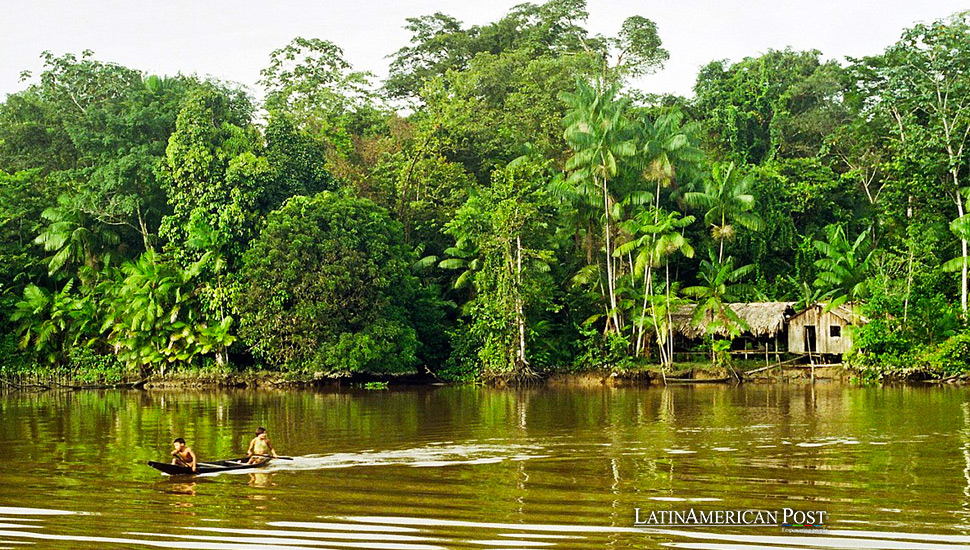Environmental DNA Helps Identify Species in Peru’s Amazon

In Peru’s Amazon, Envol Vert’s DNA analysis offers a breakthrough in identifying species and assessing climate change impact, ensuring environmental preservation without intrusion, marking a significant stride in global conservation efforts.
In the lush expanse of the Peruvian Amazon, a novel approach to environmental conservation and climate change research is taking shape through the innovative use of DNA analysis. French NGO Envol Vert has pioneered this technique, known as environmental DNA (eDNA), to detect and catalog species in one of the world’s most biodiverse regions without harming the natural habitat.
Understanding Biodiversity through eDNA Analysis
eDNA analysis involves collecting genetic material left in the environment by animals and plants through skin cells, saliva, blood, or other biological remnants. This method provides a non-invasive means to monitor and understand biodiversity, offering critical insights into the species inhabiting the Amazon’s complex ecosystems.
The research was conducted in the Yanayacu-Maquia Conservation Concession (CCYM), a protected area adjacent to the Pacaya Samiria National Reserve in the Loreto region. This area served as a testbed for the eDNA method, allowing researchers to conduct a comprehensive and non-intrusive survey of aquatic and terrestrial biodiversity.
During the scientific expedition, samples were collected from various natural habitats, including rivers, ponds, and wetlands. Large volumes of water were filtered to capture DNA fragments, enabling the identification of a broad range of species, particularly those that are rare, elusive, or listed on the International Union for Conservation of Nature (IUCN) Red List.
In the laboratory, eDNA was extracted from the samples, and the genetic sequences were analyzed to classify the organisms into their respective taxonomic groups. This process unveiled the presence of 388 taxonomic entities, with 163 identified at the species level, highlighting the area’s rich biodiversity.
Remarkably, the study uncovered species previously unrecorded in the region, including 19 species of bats, 14 species of tree frogs, and two species of glass frogs. These findings emphasize the critical need to protect primary forests, vital for maintaining ecosystem balance and biodiversity.
Integrating Traditional Knowledge for Conservation
Marion Imbert, the Peru director of Envol Vert, stressed the significance of eDNA analysis in safeguarding biodiversity, particularly threatened species. She highlighted the method’s potential to address the challenges of biodiversity loss due to climate change and human activity. Imbert also emphasized integrating traditional knowledge from local communities to ensure practical conservation efforts.
Using eDNA in Peru’s Amazon is a testament to innovative environmental science and conservation strides. This method not only enhances our understanding of biodiversity but also facilitates the monitoring of ecosystem changes over time, providing valuable data for addressing the impacts of climate change.
This initiative in Peru is part of a more significant trend across Latin America, where countries increasingly employ advanced scientific methods to preserve their natural heritage and combat environmental challenges. From monitoring melting glaciers in the Andes to conserving the Pantanal wetlands in Brazil, Latin America is at the forefront of integrating technology with traditional practices to protect its diverse ecosystems.
Also read: Why do poor Amazonians go hungry?
Envol Vert’s use of eDNA analysis in the Peruvian Amazon represents a significant advancement in environmental research and conservation. It exemplifies how modern science and traditional knowledge can lead to sustainable outcomes in preserving biodiversity and combating climate change. As this method continues to gain traction, it offers hope and a model for other regions in Latin America and beyond, highlighting the importance of innovative approaches in safeguarding our planet’s ecological future.




